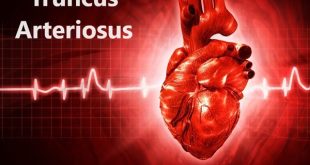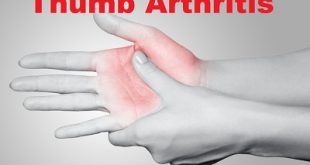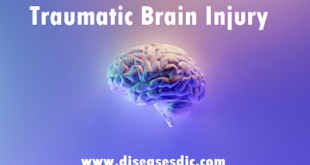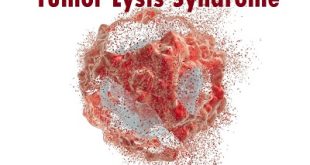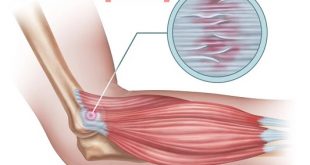What is Truncus Arteriosus? Truncus arteriosus is a congenital heart defect characterized by the improper development of the embryonic heart during fetal growth. In a normal heart, the aorta and pulmonary artery are separate vessels that carry oxygenated and deoxygenated blood, respectively. However, in individuals with truncus arteriosus, there is …
Read More »Thumb Arthritis – Pathophysiology, Causes and Treatment
Overview Thumb arthritis stands as a prevalent cause of thumb pain. Situated at the thumb’s base, there exists a specialized joint termed the thumb carpometacarpal (CMC) joint. This joint facilitates an expansive array of thumb movements. Our capacity to bring the thumb in contact with the small finger, a skill …
Read More »Thunderclap Headache (TCH) – Causes, Symptoms and Prevention
What is Thunderclap Headache? Thunderclap headache is a sudden and severe type of headache that strikes with an intense and explosive onset, akin to the abrupt crash of thunder. This type of headache is characterized by its rapid onset of excruciating pain that reaches its peak intensity within just a …
Read More »Thyroid Nodules – Pathophysiology, Causes and Treatment
Definition Thyroid nodules are small, abnormal growths or lumps that form within the thyroid gland, a butterfly-shaped gland located in the front of the neck, just below the Adam’s apple. These nodules can be solid or fluid-filled and may vary in size, ranging from tiny to several centimeters in diameter. …
Read More »Tension Headache (TH) – Overview, Types and Prevention
Overview Tension headache is a common type of headache characterized by mild to moderate, steady, and dull pain that typically affects both sides of the head. It is often described as a sensation of pressure or tightness around the forehead or the back of the head and neck. Tension headaches …
Read More »Traumatic Brain Injury (TBI) – Types, Diagnosis and Treatment
Overview Traumatic Brain Injury (TBI) is an alteration in brain function, or other evidence of brain pathology, caused by an external force. It occurs when an external force impacts the brain, and often is caused by a blow, bump, jolt or penetrating wound to the head. However, not all blows …
Read More »Tumor Lysis Syndrome – Causes, Complications and Treatment
What is Tumor lysis syndrome? Tumor lysis syndrome (TLS) is characterized by rapid and massive destruction of tumor cells, which is caused by tumour cell death resulting in a sudden release into the blood stream of intracellular products (nucleic acids, potassium and phosphate). This can result in clinical toxicities including …
Read More »Tendinopathy – Stages, Pathophysiology, and Treatment
Overview Tendinopathy is the broad term for any tendon condition that causes pain and swelling. Your tendons are rope-like tissues in your body that attach muscle to bone. When your muscles tighten and relax, your tendons and bones move. One example of a tendon is your Achilles tendon, which attaches your calf muscle to …
Read More » Diseases Treatments Dictionary This is complete solution to read all diseases treatments Which covers Prevention, Causes, Symptoms, Medical Terms, Drugs, Prescription, Natural Remedies with cures and Treatments. Most of the common diseases were listed in names, split with categories.
Diseases Treatments Dictionary This is complete solution to read all diseases treatments Which covers Prevention, Causes, Symptoms, Medical Terms, Drugs, Prescription, Natural Remedies with cures and Treatments. Most of the common diseases were listed in names, split with categories.
